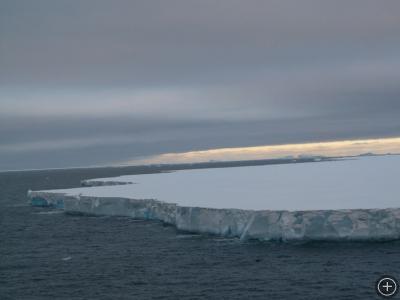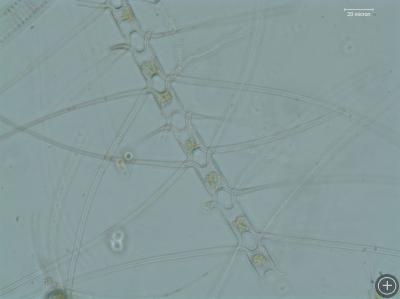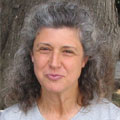A Trip to the Ice Edge
March 29th, 2009
ABOARD THE RVIB N. B. PALMER, ON THE SOUTHERN OCEAN– After a four day trek looking for other icebergs we might want to study, we came back to continue studying iceberg C18A. Iceberg diversity and how it affects surrounding ecosystem is one of our goals. If the icebergs are delivering nutrients, one of our main hypotheses, we expect to see big changes when the iceberg is traveling in nutrient poor waters. The trick turned out to be how to find these nutrient-poor waters in the Weddell Sea. Looking at published nutrient values it seemed that the central Weddell Sea, far from the coast, could be a good possibility. From satellite pictures we speculated that B15L, an iceberg from the Ross Ice Shelf, could be in such waters.
As we arrived at 65º 28.362’ S, 40º 56.856’ W, B15L was surrounded by the biggest phytoplankton bloom we have seen on this cruise. Instead of half a milligram of chlorophyll a per liter we encountered ten! These waters did not seem poor in nutrients at all. The iceberg was large, tabular and somewhat more square than C18A but of similar size and characteristics. It would have been perfect for our studies. After taking a first look at the iceberg, many pictures, samples for phytoplankton and nutrients, we decided these conditions were not conducive to answering our questions. The ice edge was less than 100 nautical miles to the south; B15L was trapped in what is known an ice-edge bloom, one of the best studied high productive areas in high latitude oceans.

B15L as seen close to the ice edge in the central Weddell Sea. This iceberg has traveled from the Ross Ice Shelf half a continent away.
The ice edge bloom was dominated by diatoms. A high diversity showed many new species not sampled so far. Several Chaetoceros spp. were very characteristic: chain-forming species with interlocking spines.
How best to continue our studies? Keep looking for a new iceberg in the middle of the Weddell Sea or go back to where satellite images show icebergs abound, the Iceberg Alley? We decided for the latter. In another 24 hours we were back to the western Weddell Sea. We decided to study C18A for a few more days; there were many unanswered questions still. So we are glad to have a second opportunity. A few things are different this time around. C18A had kept moving towards the NE and its position is now more along an East-West axis than a North-South one. We will be here for the next 3 days and sampling has already started.











Maybe it’s not the purpose of microscope photos to look pretty, but they do. The Chaetoceros have a lacy, delicate look to them, even with spines. I have a hunch you like working with microscopes.